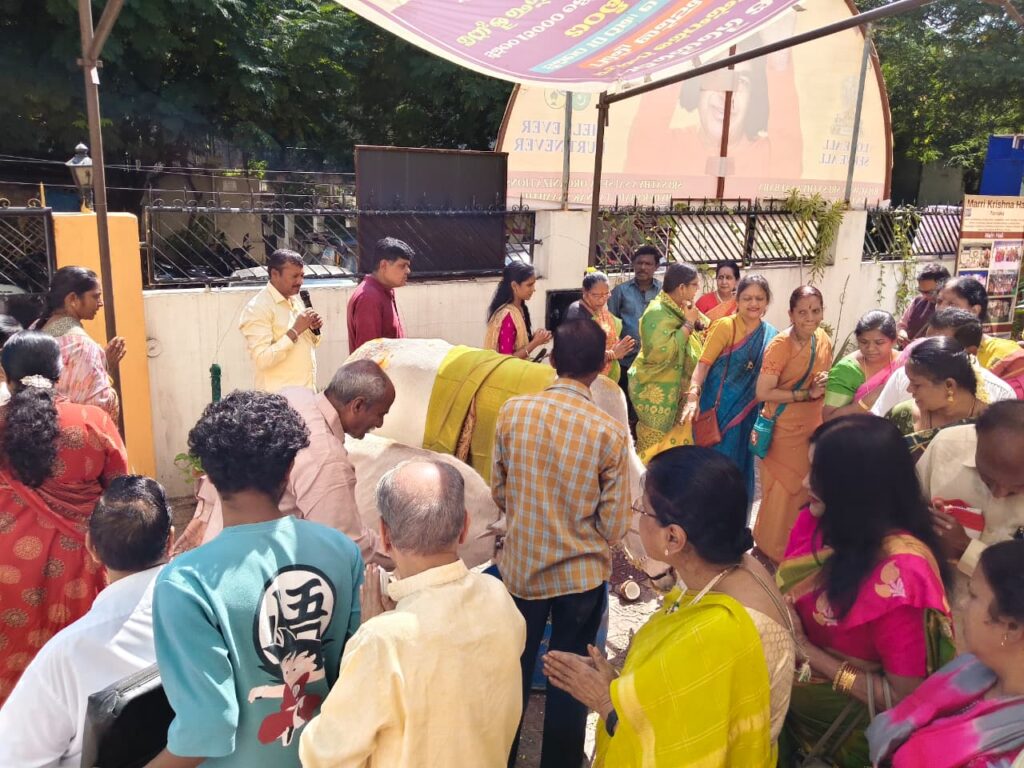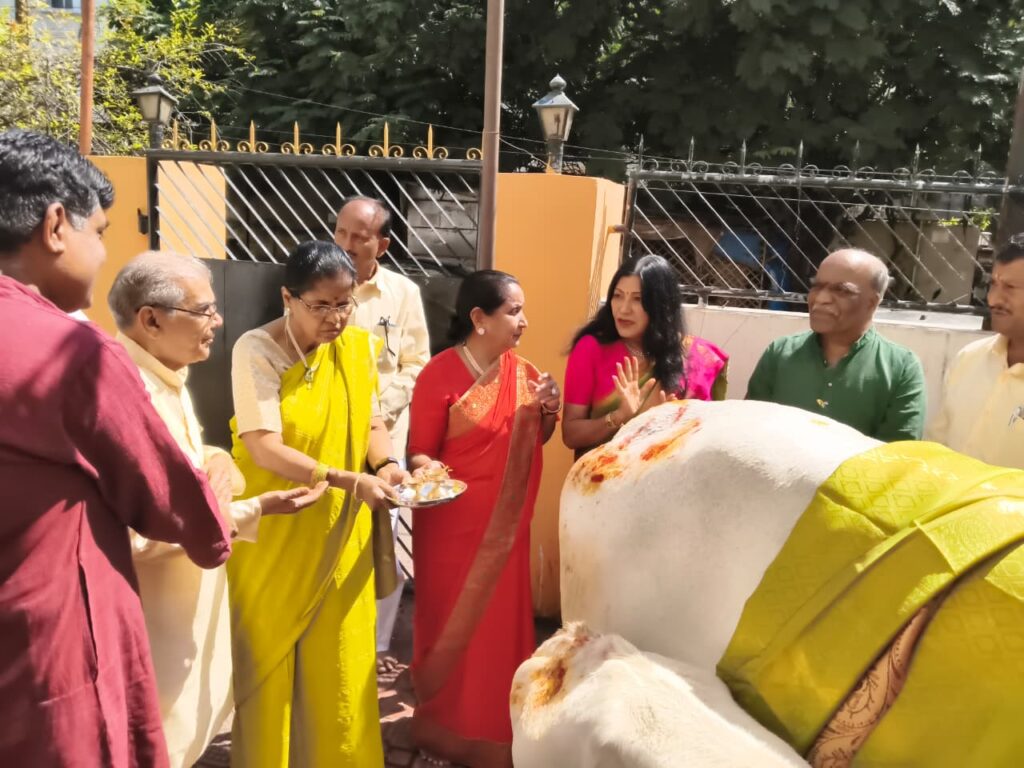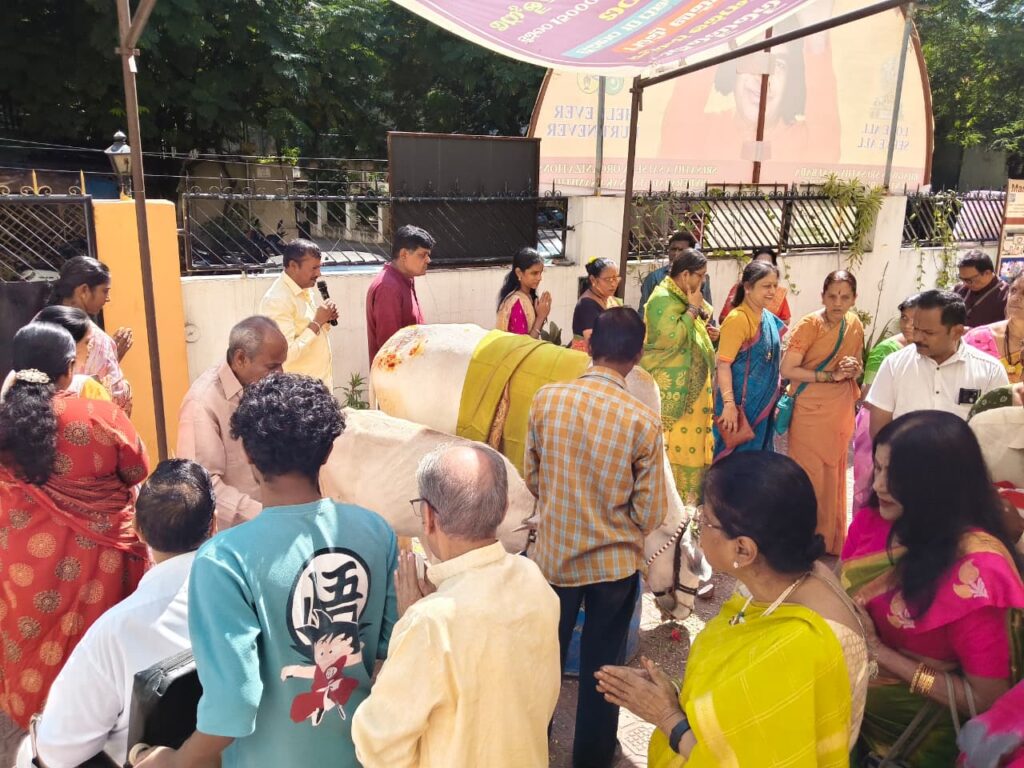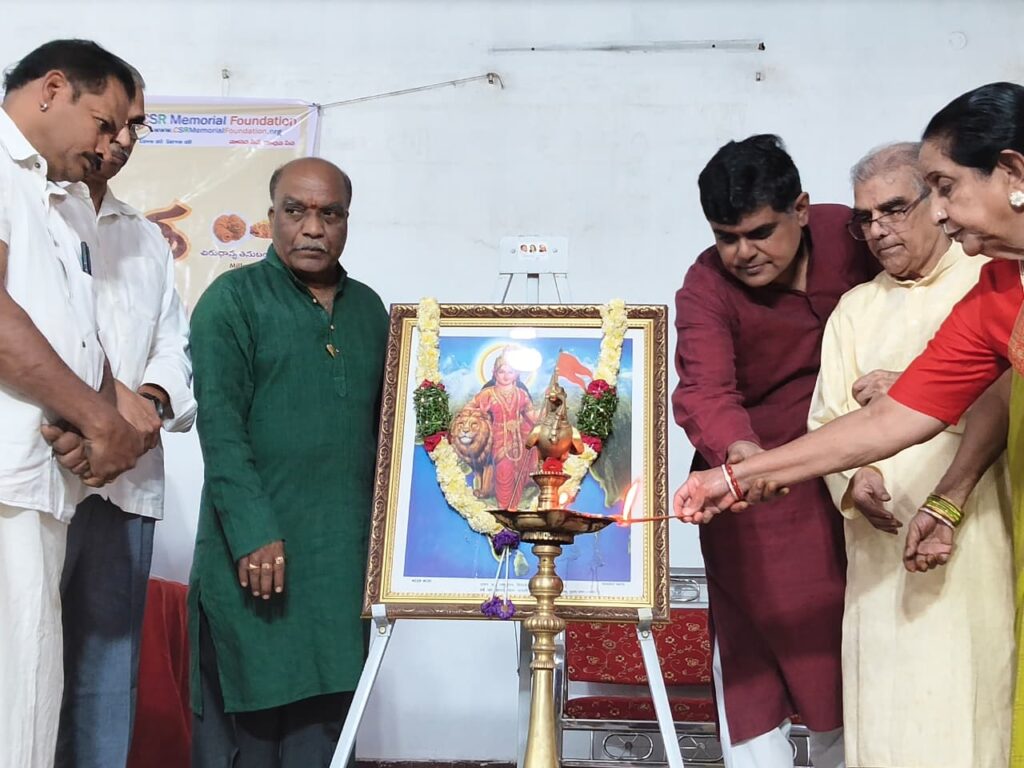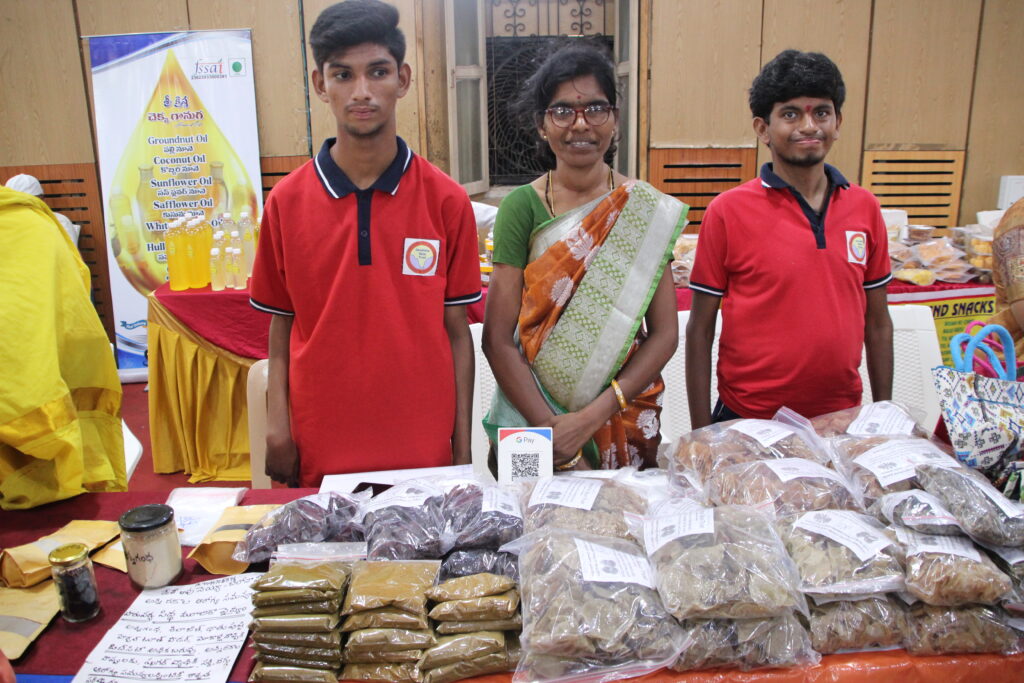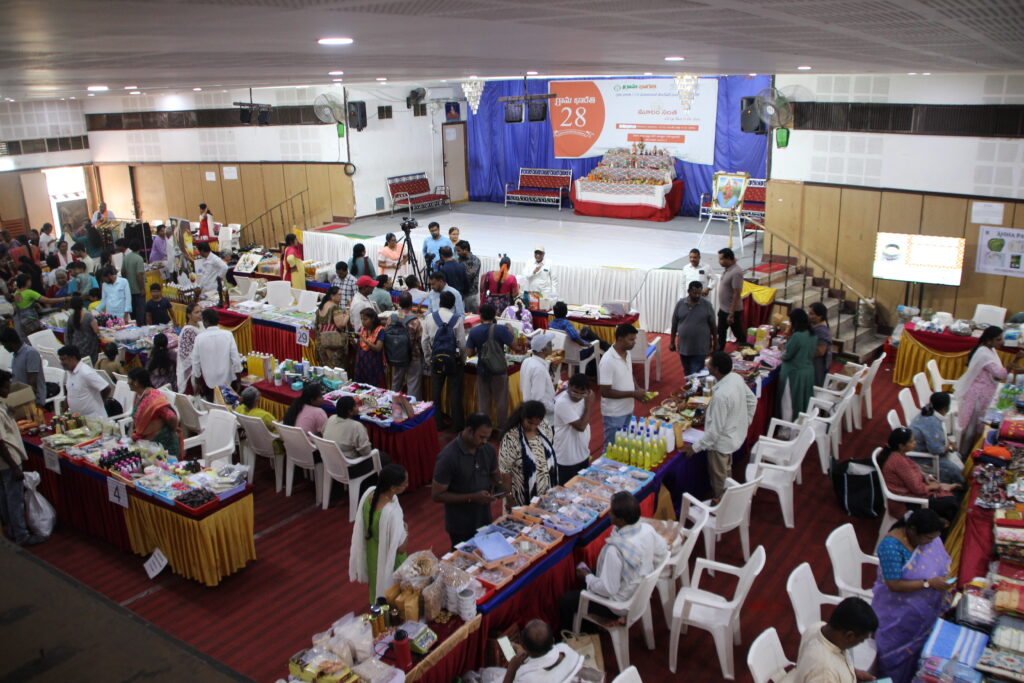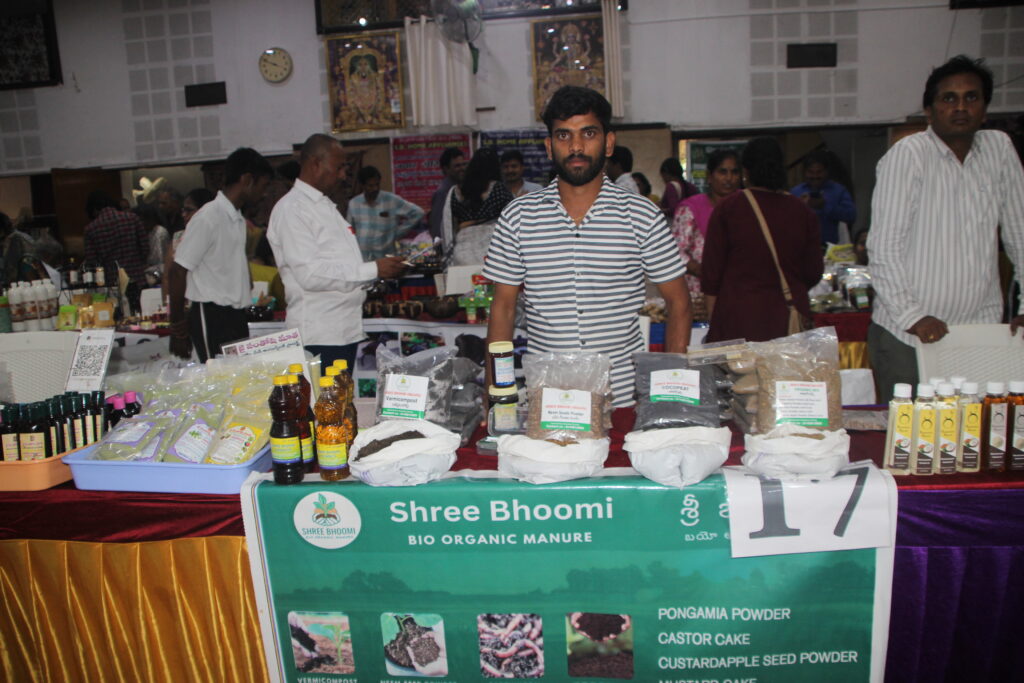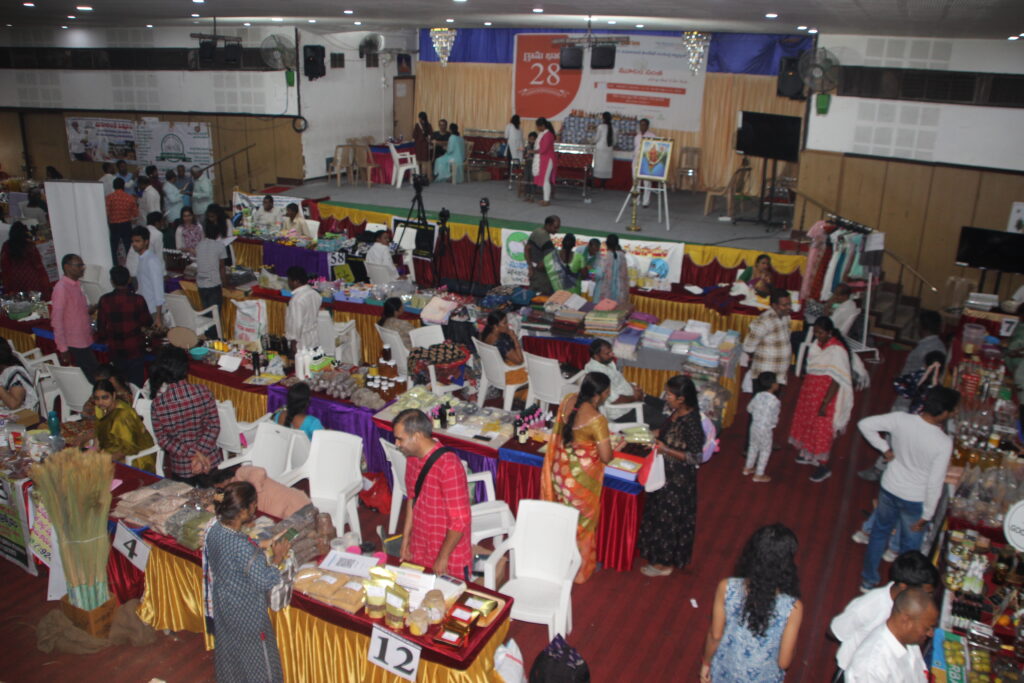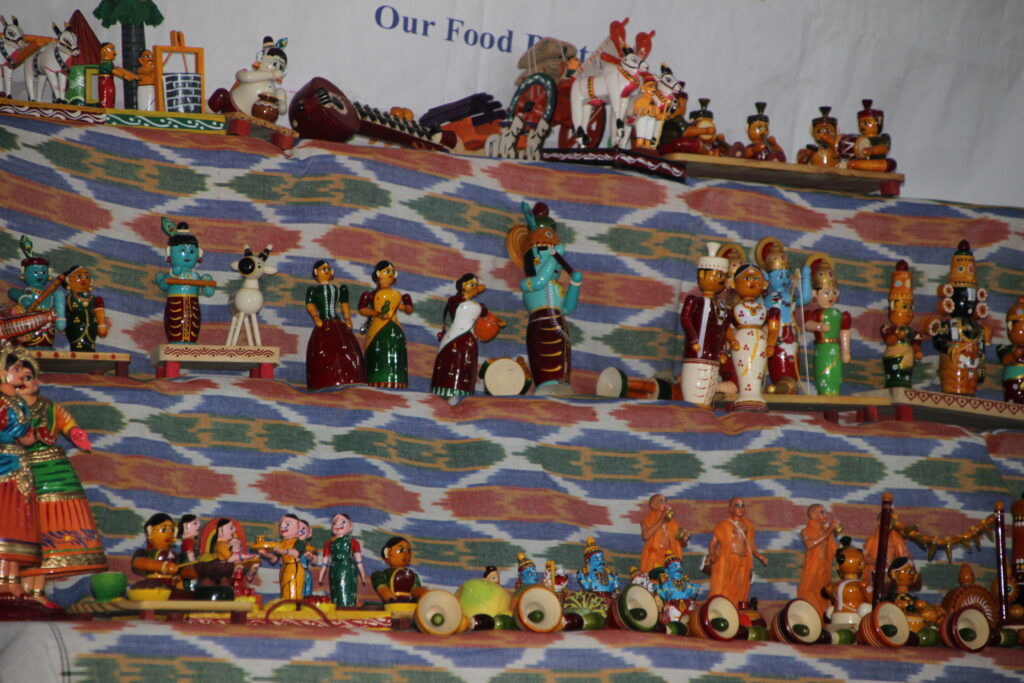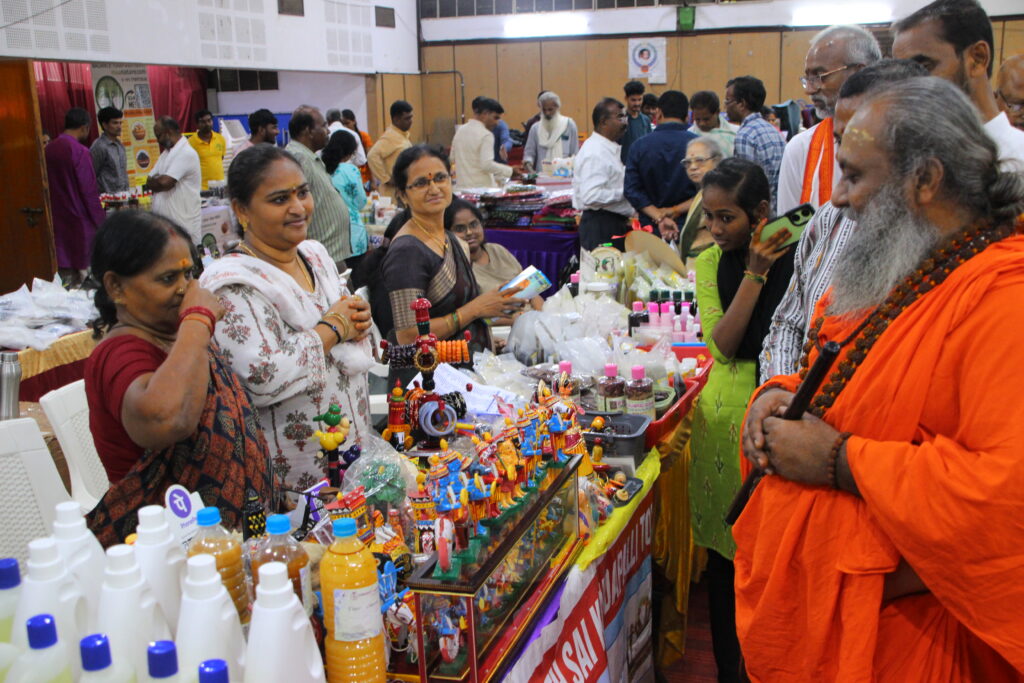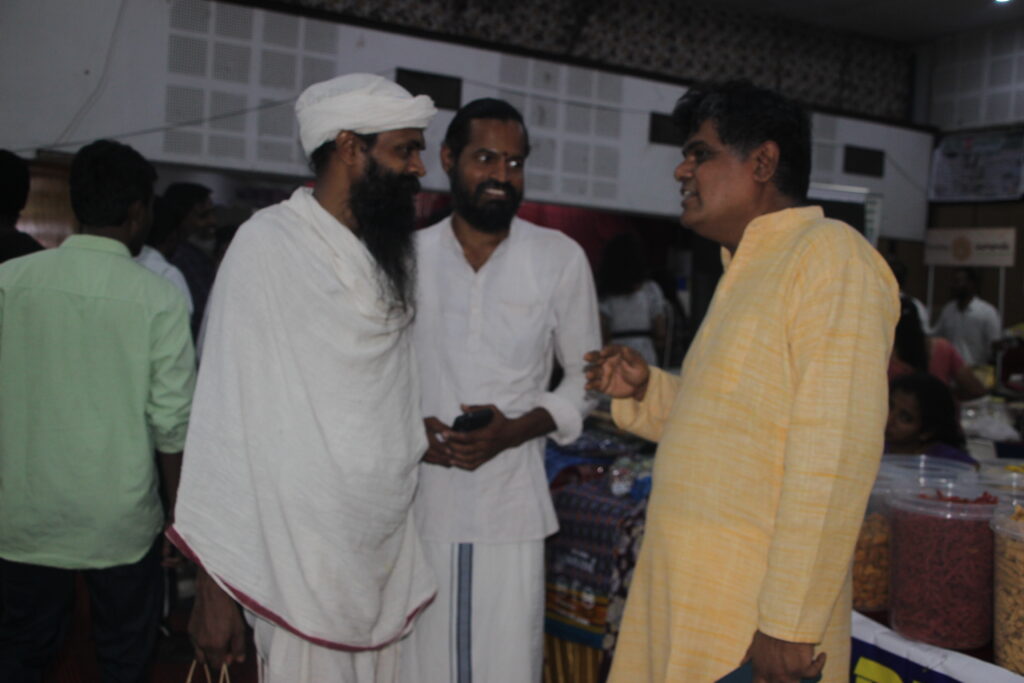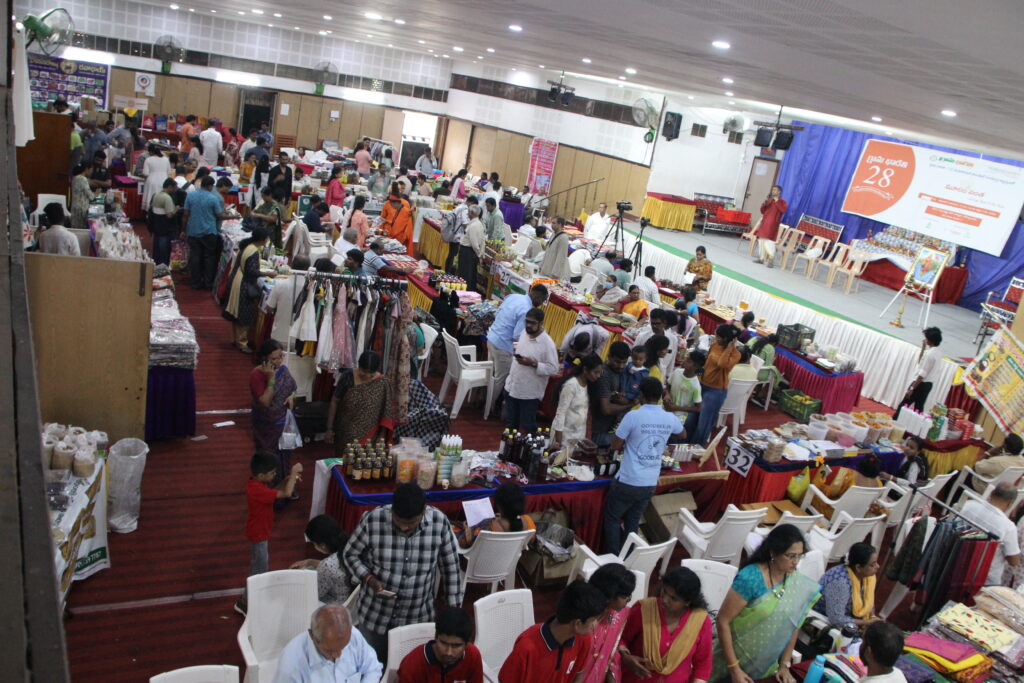Telangana HC Slams HYDRAA Over Pre-Dawn Demolitions at FCI Housing Society, Gachibowli
In a sharp rebuke on Tuesday, the Telangana High Court questioned the actions of HYDRAA after it carried out pre-dawn demolitions inside the Fertilisers Corporation of India (FCI) Housing Society in Gachibowli. The court raised serious doubts about the urgency, legality, and jurisdiction of the operation—especially since it appeared to go against earlier judicial directions.
Why Did HYDRAA Enter a Private Colony?
Justice B. Vijaysen Reddy grilled the agency on why it entered the private housing society at all, noting that the disputed land neither fell under a lake’s full tank level nor belonged to the government.
The demolished structures belonged to Sandhya Conventions and its sister units owned by S. Sridhar Rao, located in Survey Nos. 122, 123, 124, and 127.
Adding to the confusion, both GHMC and HYDRAA had previously issued no-objection certificates for these buildings.
Internal Roads Issue: Who Has the Authority?
When the state argued that the constructions had encroached on internal colony roads, the judge pushed back—asking whether HYDRAA or the survey department had the authority to determine and mark internal layouts within private colonies.
He also directly asked senior counsel L. Ravi Chander whether HYDRAA had any jurisdiction in such matters to begin with.
Contempt Petitions Add Fuel to the Fire
The hearing stemmed from contempt petitions filed by Sandhya Conventions Group, which alleged that HYDRAA ignored the court’s earlier directions to issue notice and follow due procedure before taking any action.
HYDRAA’s senior advocates, Prasad and Mayur Reddy, fired back, accusing the builders of “defenceless, wanton and brazen” violation of court orders.
Court Questions HYDRAA’s ‘Overzealousness’
Justice Reddy reminded HYDRAA commissioner Ranganath that the court had explicitly warned him just last Friday about avoiding further contempt.
“Is it overzealousness against Sandhya Conventions? Was it so difficult to wait for court orders?” he asked, visibly displeased.
The judge also pointed out that HYDRAA had still not filed a counter explaining the statutory powers under which it operated—an omission he said could raise “serious issues.”
State’s Silence Raises Eyebrows
Additional Advocate-General Imran Khan informed the court that he had received no instructions from HYDRAA regarding the pre-sunrise demolition. Petitioners criticized this as unacceptable, given that more than 30 hours had passed since the incident.
The AAG assured the court that all details—right or wrong—would be placed on record.
Court Orders 15-Day No-Entry Zone
To cool tensions on the ground, Justice Reddy directed all parties to stay away from the disputed site for 15 days. He also instructed plot owners and officials to file sale agreements, LRS documents, building permissions, and other records.
HYDRAA has been ordered to submit a detailed explanation for the demolitions by Thursday. Until then, the court has ordered that status quo be maintained.
Source: newsmeter


